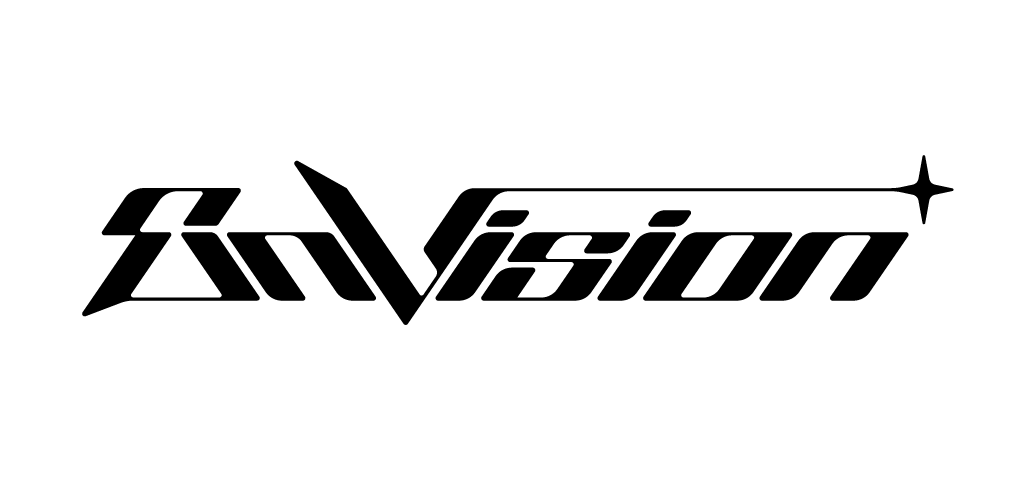In this post-mortem, we take a close look at EnVision project, where our team learned several valuable lessons about VR development. We will discuss what went well, what could have been better, and the insights we gained, particularly in the areas of rendering, optimization, and texture handling.
What Went Well
- Cutting Scope Extensively at the Beginning
One of the best decisions we made during the project was to cut the scope extensively at the beginning. From 10 rooms to 6 rooms and 9 live-action footage to 4 footage, we cut 50% of the planned scope. By focusing on a smaller, more manageable set of features, we could concentrate our efforts on refining the core experience. This decision allowed us to maintain a consistent pace and avoid common pitfalls such as feature creep.
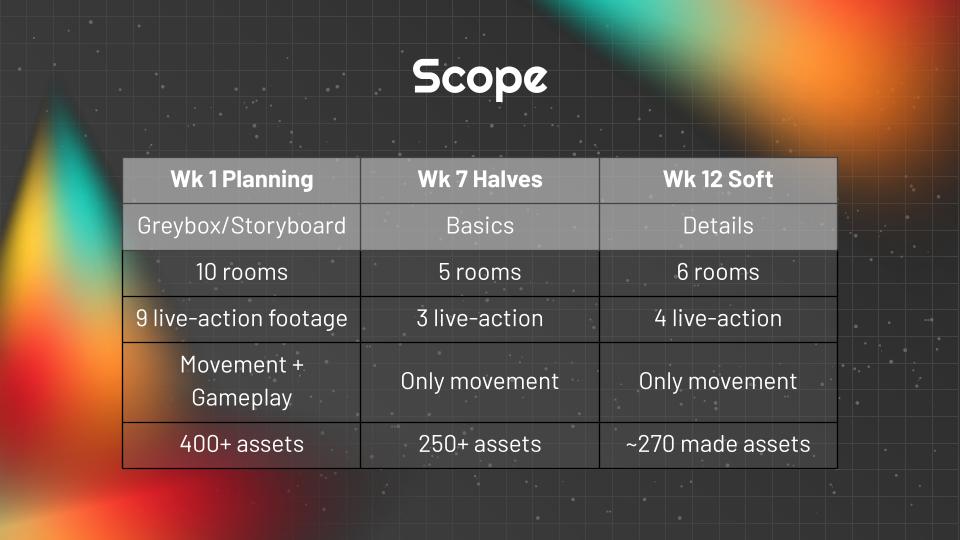
- Utilizing Open-Source Assets
To save time and resources, our team made extensive use of open-source assets from Megascan, Unreal Marketplace, SketchFab, etc. Around one-fourth of the assets in the scene, including meshes and material, come from open source. These include but are not limited to plants, neon signs, cityscapes, generic posters, and vinyl records. This approach not only sped up development but also allowed us to learn from other developers’ experiences and leverage pre-existing solutions to common challenges. By incorporating these assets, we could maintain a high level of quality without overextending our resources.
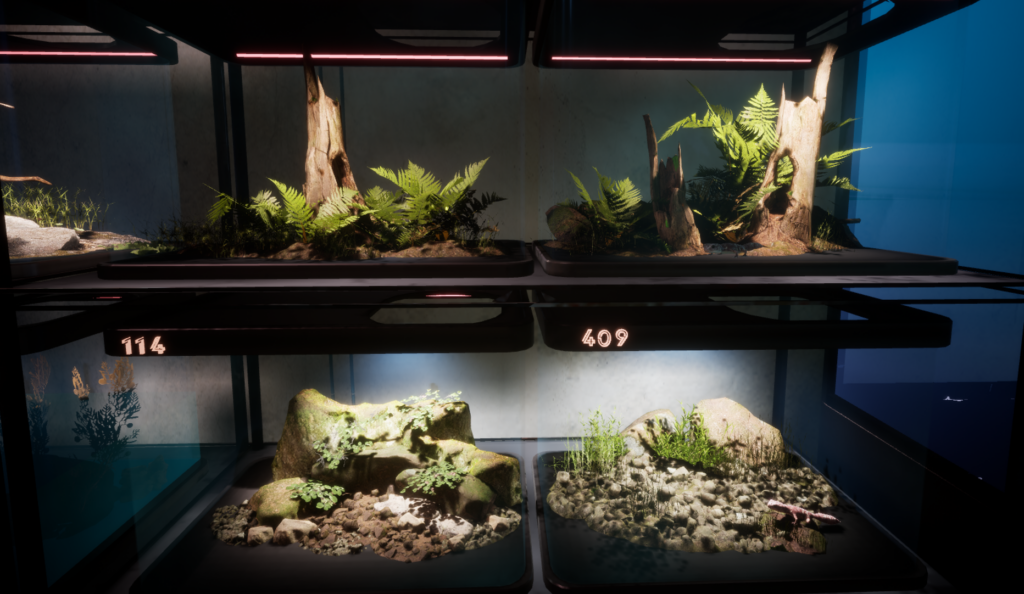
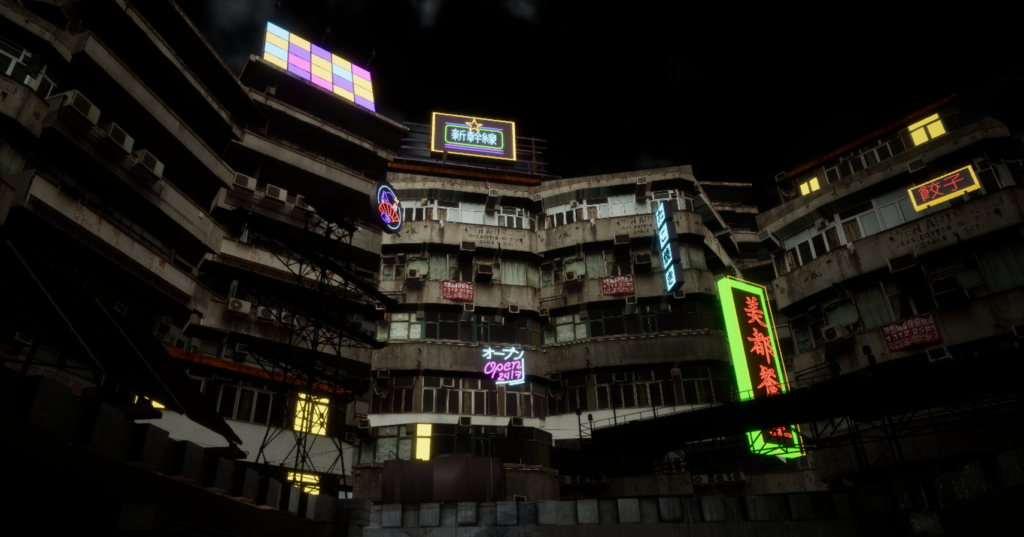
- Mostly Balanced Delegation
Throughout the project, we were able to delegate tasks efficiently for the most part, ensuring that no single team member was overwhelmed. This balance allowed each team member to focus on their area of expertise and contribute effectively to the project’s overall success.
What Could Have Been Better
- Art Direction and Communication
Our project suffered from a lack of clear art direction and vision. While we had general concepts of a cyberpunk space, we could have done better to establish a cohesive visual identity for the VR experience. This oversight resulted in an inconsistent aesthetic, which detracted from the immersive nature of our project.
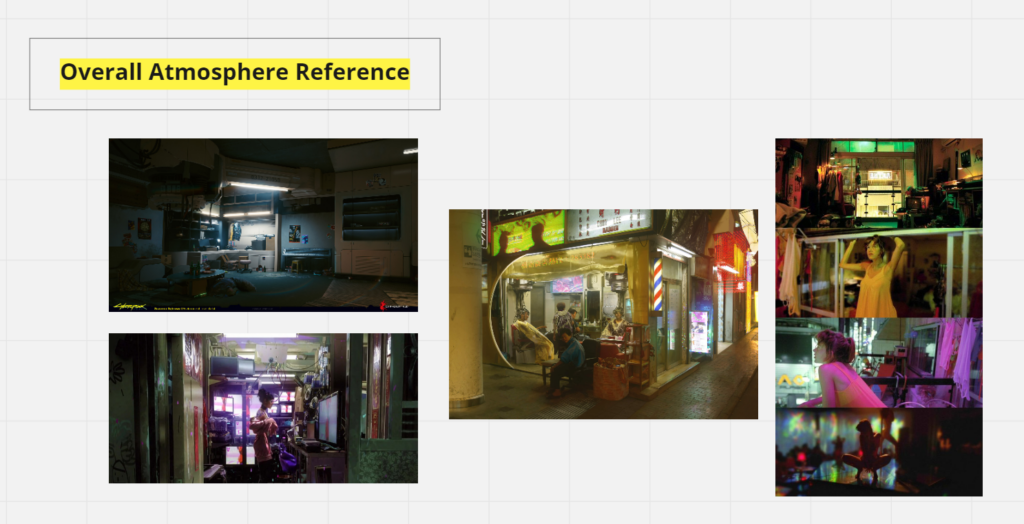
- Prioritization and Time Management
Another area where our project could have improved was prioritization and time management. In March, we often found ourselves focusing on less important tasks, while critical issues remained unaddressed. Since we only had 14 weeks in total, March lost 2 weeks to the spring week and GDC. The project barely progressed that month, although we were able to catch up quickly in April. This lack of clear priorities led to wasted time and resources, ultimately impacting the project’s overall quality. With better time management, we should be able to spend more time polishing.

- Seamless Integration of Live Action Footage
We embedded 4 live-action clips into our VR experience, aiming to improve immersion and realism. However, only 1 of the clips worked seamlessly, which limited the potential of our project. Some of the areas of improvement include matching lighting on set and finding the right angle during filming. In the future, we will focus on refining the integration process of live-action footage to ensure a consistent and seamless experience across all clips, enhancing the user’s connection with the virtual environment.

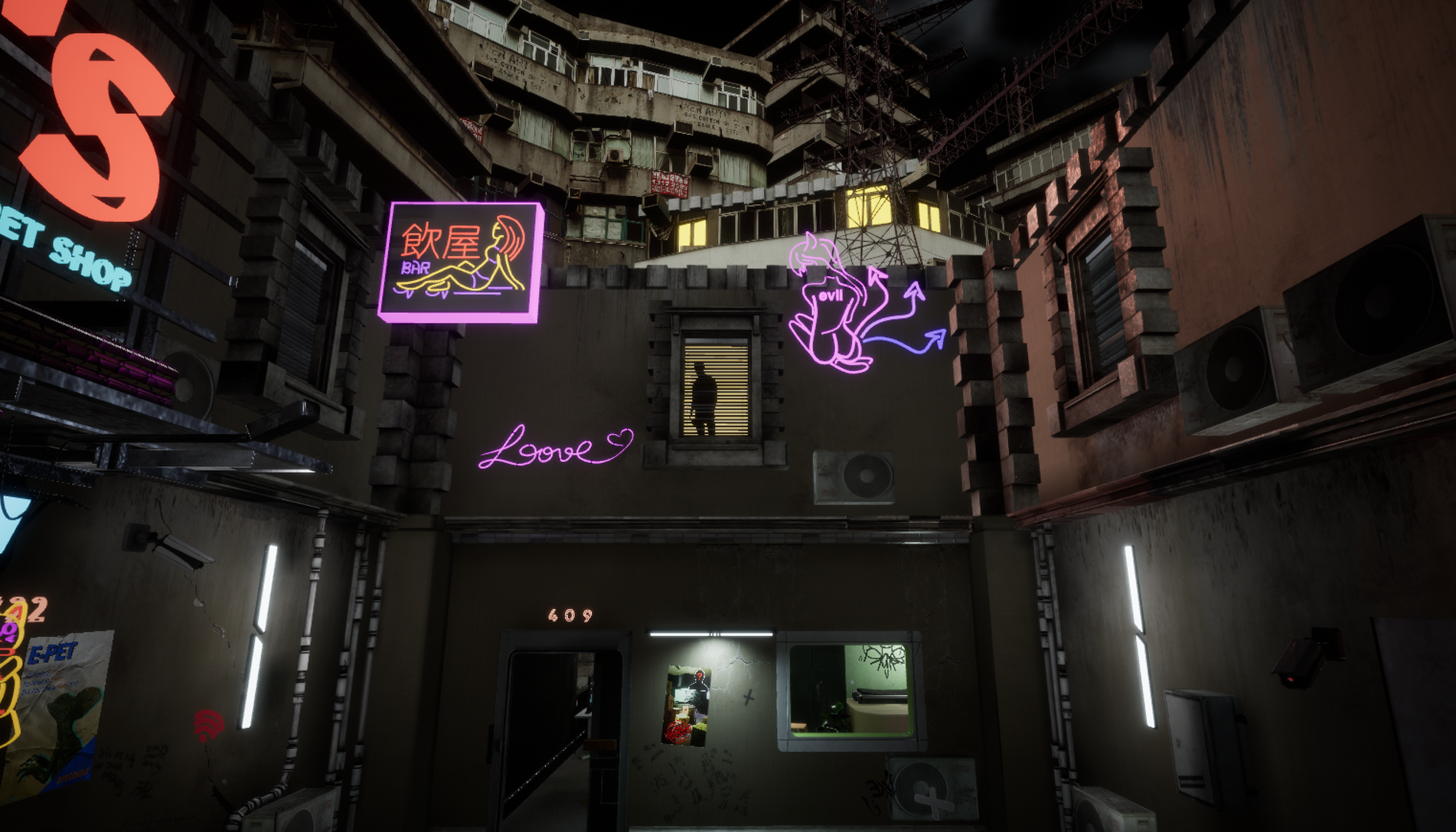
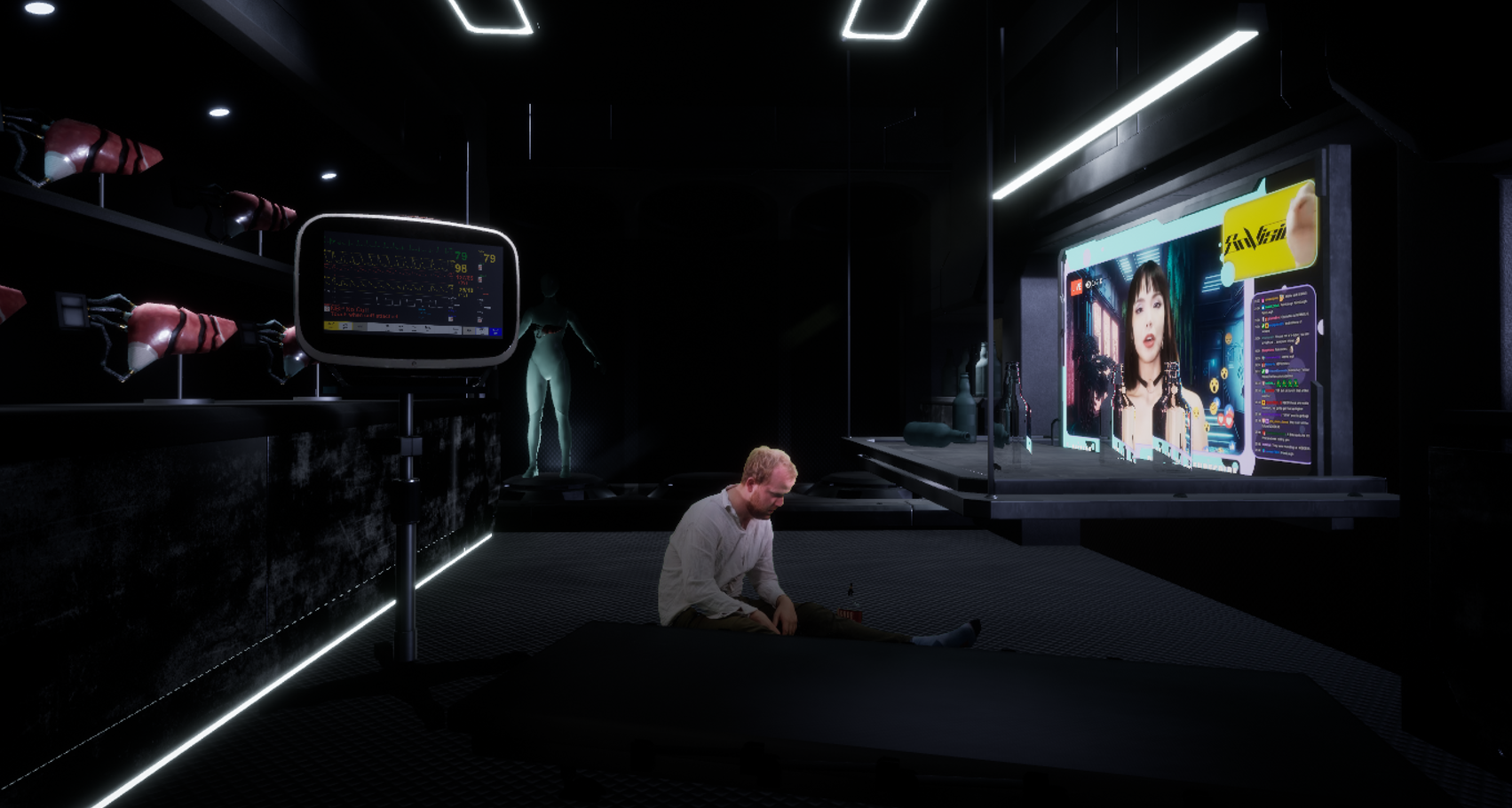
- Animation
Our project’s animation left room for improvement. The animations were too few, detracting from the immersive experience we aimed to create. We only had animations with a liver, a fan, and 2 reptiles in the e-pet shop. The plan was to have multiple fish animations, 2 more reptile animations, and another fan animation. In future projects, we will need to invest more time and resources into refining the animation to ensure that our VR experiences are truly engaging.
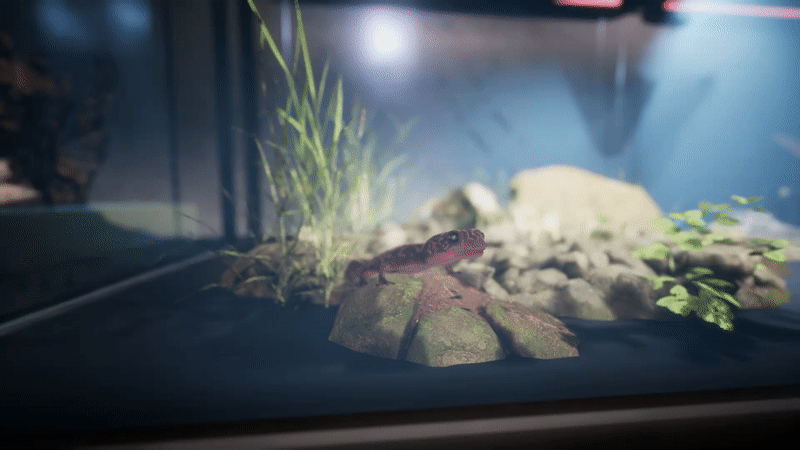
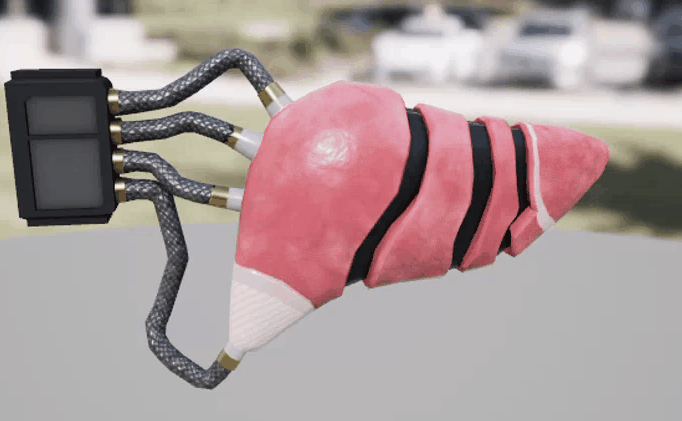
Lessons Learned and Conclusion
- Advanced Techniques and Tools for Immersive VR Experiences
- Procedural Material Creation offers a higher degree of flexibility and customization when designing unique and visually striking environments.
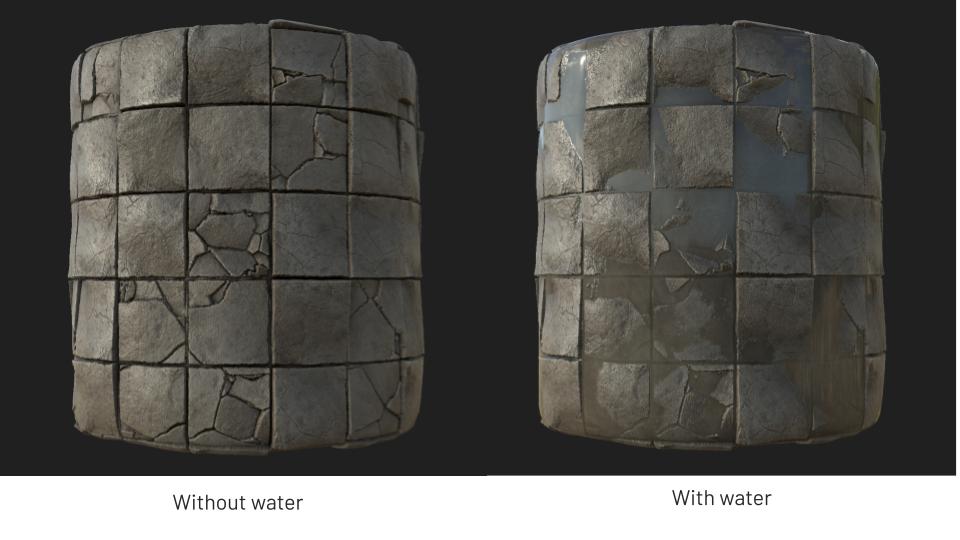
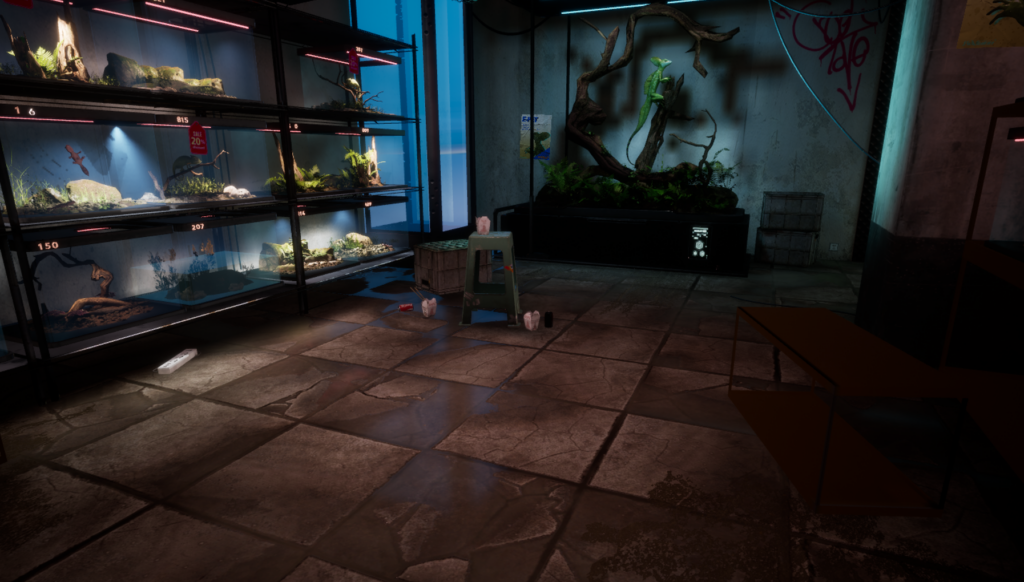
- Texture animation, on the other hand, breathes life into static environments, adding an extra layer of depth and realism. The integration of texture animations in our project resulted in more dynamic and engaging experiences that captured the user’s interest and maintained their attention.
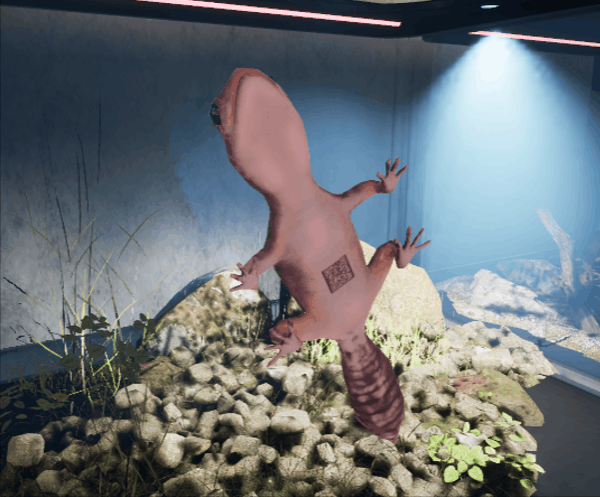
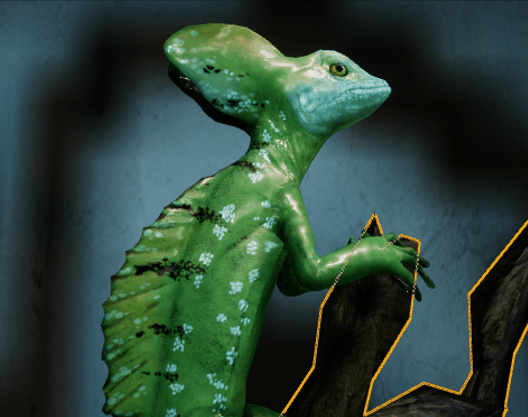
- Spline Tool: We discovered the usefulness of the spline tool in shaping pipes and wires that are challenging to achieve through conventional modeling techniques.
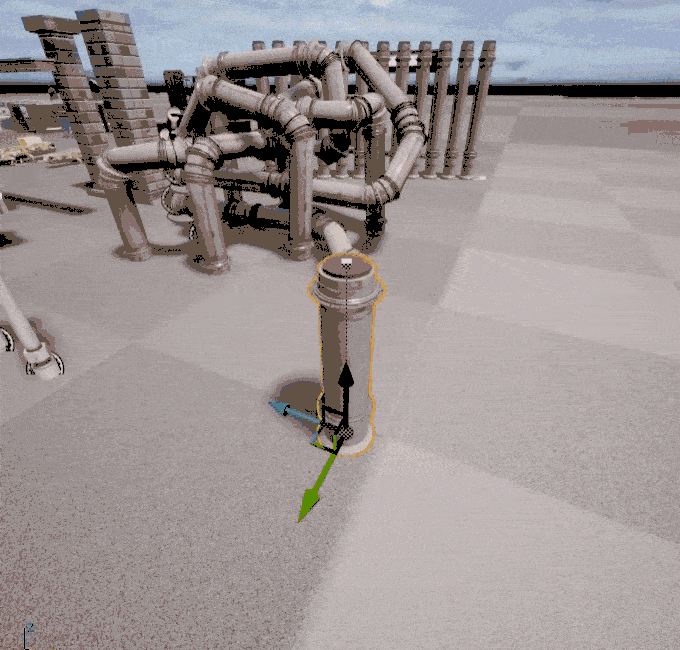
- Optimization Strategies for Performance and Visual Fidelity
A critical lesson we learned during the VR project was the significance of adopting optimization strategies to strike the right balance between performance and visual fidelity in VR development. We suffered from GPU crashes and laggy VR runtime before optimization. The implementation of these strategies allowed us to offer a seamless and enjoyable VR experience without compromising visual quality.
- Resolution and Texture Size Optimization: High-quality textures and videos are essential for immersive VR experiences. However, they can adversely affect performance if not optimized correctly. We learned to find the ideal balance between visual fidelity and performance by limiting texture size to under 1024 and video texture to under 720p, ensuring that our project delivered stunning visuals without causing performance issues.
- Polygon Count Management and Level of Detail (LOD) Systems: Managing polygon count and implementing LOD systems were integral to our project’s success. Triangle counts per frame are kept under 1 million, if not 50% lower. By optimizing our models and using LOD systems, we could maintain high visual quality while minimizing performance impact. This optimization proved vital in delivering a smooth and engaging VR experience.
Conclusion
In conclusion, our VR project provided us with a wealth of knowledge and insights that we can apply to future projects. While we had some successes, such as cutting scope and using open-source assets, we also encountered challenges in areas like art direction and time management. The lessons we learned in rendering, optimization, and various tools and techniques will serve us well as we continue to develop immersive and engaging VR experiences. Our team is eager to build upon these experiences and push the boundaries of what is possible in the world of virtual reality.
